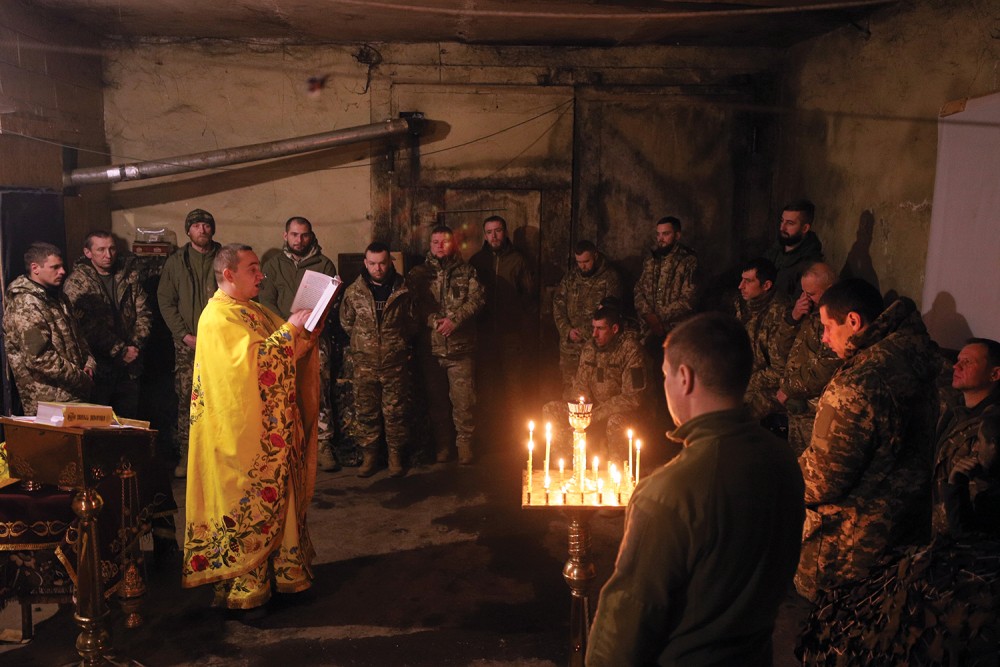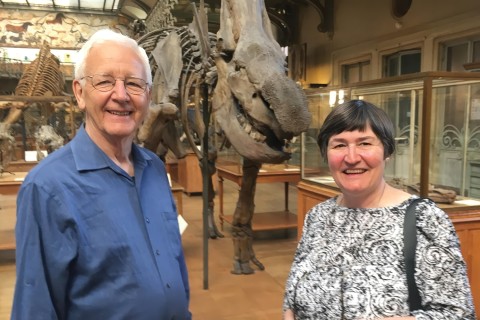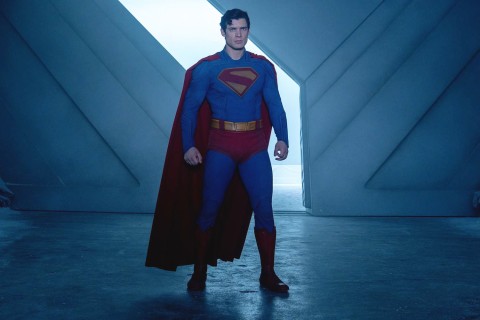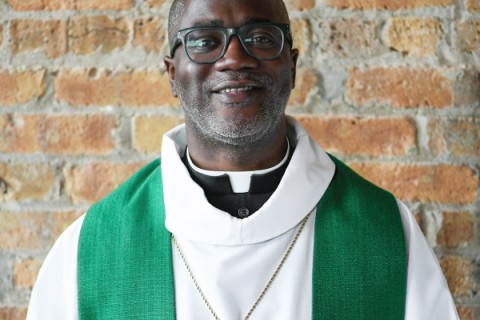Ukrainian military chaplains learn pluralism on the job
What to do if a soldier from another denomination asks for a prayer?

A chaplain conducts a sacred liturgy on the frontline near Vuhledar, Ukraine, in December 2023. (AP Photo / Valentyn Kuzan)
In April 2023, 30 priests and pastors, dressed in heavy boots and military fatigues, gathered in the sanctuary of Kyiv’s Saint Sophia Cathedral for a special ceremony. As they bent their heads to receive the priest’s blessing, the group of clergy from across Ukraine’s Christian denominations—not only Orthodox but Protestant and Catholic, too—became the first ever class of chaplains inducted into Ukraine’s armed forces.
Religious leaders have ministered in the armed forces for years, even though the Ukrainian military had no official chaplaincy. Volunteers visited soldiers on an ad hoc, unsalaried basis until 2021, when President Volodymyr Zelenskyy signed legislation to formalize the program. With NATO integration now the best guarantee for Ukraine’s long-term security, the legislation modeled its guidelines and regulations after NATO’s spiritual support program.
In December, I traveled to western Ukraine to meet some of these new recruits. Transcarpathia is part of Ukraine’s “Bible belt.” Surveys show more frequent church attendance here than elsewhere in the country. While more than 70 percent of Ukrainians identify as Orthodox, in Transcarpathia there are also concentrations of Protestants and Catholics. I also wanted to meet chaplains from Ukraine’s minority Christian groups and learn about how Ukraine’s military institutions accommodate Christian minorities in a country with a legacy of Orthodox cultural primacy.




